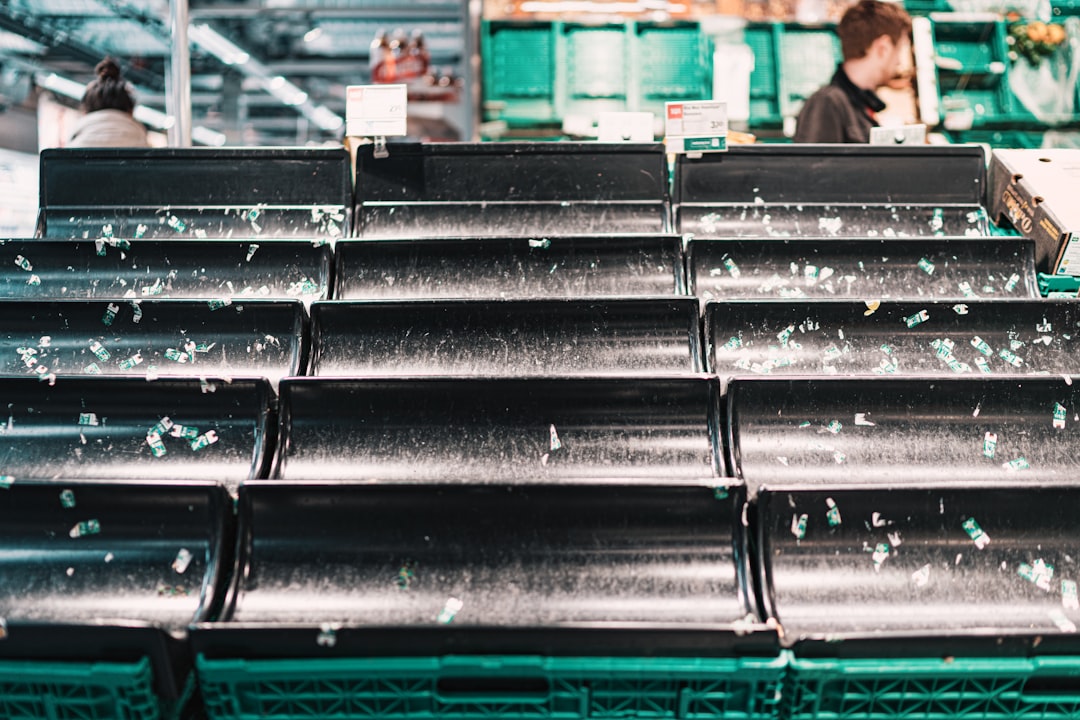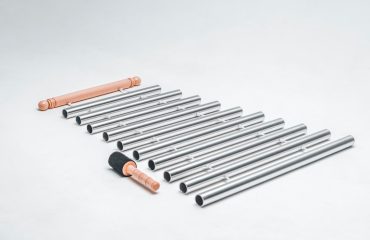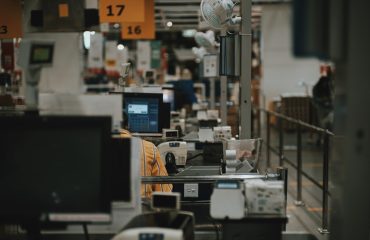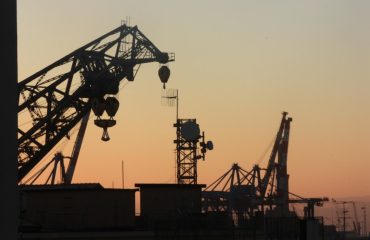The steel industry, a cornerstone of global infrastructure and manufacturing, faces a monumental challenge: achieving net-zero greenhouse gas emissions. This blog post delves into the complexities of this transition, exploring the hurdles, innovative solutions, and the crucial role of collaboration in forging a greener future for steel production.
The Carbon Footprint of Steel: Understanding the Challenge
Steel production is notoriously carbon-intensive. The traditional blast furnace-basic oxygen furnace (BF-BOF) route, the most prevalent method globally, relies heavily on coking coal, a fossil fuel responsible for significant CO2 emissions. The process also generates other greenhouse gases like methane and nitrous oxide. Beyond direct emissions from the production process, indirect emissions from electricity consumption and raw material extraction contribute significantly to the industry’s overall carbon footprint. The sheer scale of global steel production makes reducing these emissions a critical priority for mitigating climate change. Estimates suggest that the steel industry accounts for approximately 7-9% of global CO2 emissions, highlighting the urgency for transformative change.
Decarbonizing Steelmaking: Exploring Innovative Technologies
The pathway to net-zero steel hinges on deploying and scaling up innovative technologies that drastically reduce or eliminate reliance on fossil fuels. Several promising approaches are currently under development and deployment:
- Hydrogen-based steelmaking: Replacing coking coal with hydrogen as a reducing agent in the steelmaking process offers a potentially game-changing solution. Hydrogen, when produced from renewable sources (green hydrogen), results in zero greenhouse gas emissions during steel production. However, the scalability and cost-effectiveness of green hydrogen production remain significant challenges.
- Electric arc furnaces (EAFs): EAFs utilize electricity to melt scrap steel, significantly reducing CO2 emissions compared to BF-BOF. Increasing the share of EAFs in steel production, particularly by boosting scrap metal recycling, is a crucial step towards decarbonization. However, EAFs are not a complete solution as they still rely on electricity, which may be generated from fossil fuels.
- Carbon Capture, Utilization, and Storage (CCUS): CCUS technologies capture CO2 emissions from steel plants and either store them underground or utilize them in other industrial processes. While CCUS can play a vital role in reducing emissions from existing facilities, its widespread adoption faces technological, economic, and regulatory hurdles.
- Biomass-based steelmaking: Utilizing biomass as a sustainable alternative to coking coal is another avenue being explored. However, the availability and sustainability of biomass sources need careful consideration to avoid deforestation and other environmental impacts.
Policy and Regulatory Frameworks: Driving the Transition
Government policies and regulations play a critical role in accelerating the decarbonization of the steel industry. Carbon pricing mechanisms, such as carbon taxes or emissions trading schemes, can incentivize steel producers to adopt cleaner technologies. Furthermore, supportive policies for renewable energy development, hydrogen production, and carbon capture technologies are essential to create a favorable investment environment. Stringent emission standards and targets can also drive innovation and accelerate the adoption of low-carbon steelmaking processes. International collaborations are crucial to establish consistent and effective regulatory frameworks that promote global decarbonization efforts.
The Role of Collaboration and Investment: A Shared Responsibility
Achieving net-zero emissions in steel production requires a concerted effort involving steel producers, technology developers, researchers, policymakers, and investors. Collaboration is crucial for sharing knowledge, accelerating technological advancements, and fostering innovation. Significant investments are needed to develop and deploy new technologies, upgrade existing infrastructure, and build the necessary supply chains for green hydrogen and other sustainable inputs. Public-private partnerships can play a vital role in mobilizing the necessary financial resources and expertise. Furthermore, consumer demand for sustainably produced steel can drive market forces towards decarbonization.
Challenges and Opportunities: Navigating the Path to Net-Zero
The transition to net-zero steel production is not without its challenges. High upfront capital costs for new technologies, the need for large-scale infrastructure upgrades, and the availability of sustainable raw materials and energy sources pose significant hurdles. However, the transition also presents significant opportunities. The development and deployment of low-carbon steelmaking technologies can create new jobs, boost economic growth, and enhance the international competitiveness of steel-producing nations. Furthermore, a net-zero steel industry can contribute significantly to global efforts to mitigate climate change and build a more sustainable future.
In conclusion, achieving net-zero emissions in steel production is a complex but achievable goal. By embracing innovation, fostering collaboration, and implementing supportive policies, the steel industry can forge a greener future, ensuring its continued contribution to global infrastructure while minimizing its environmental impact.
Tags: Net-zero steel, Green steel, Steel decarbonization, Sustainable steel production, Climate change mitigation




